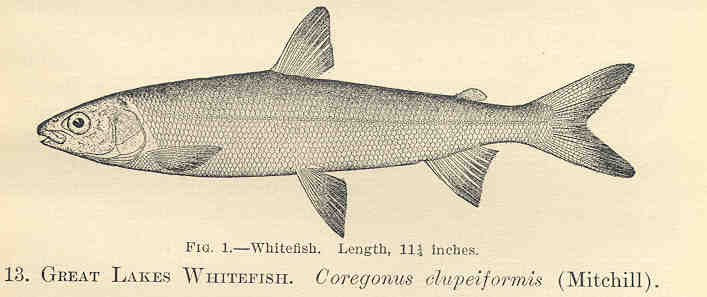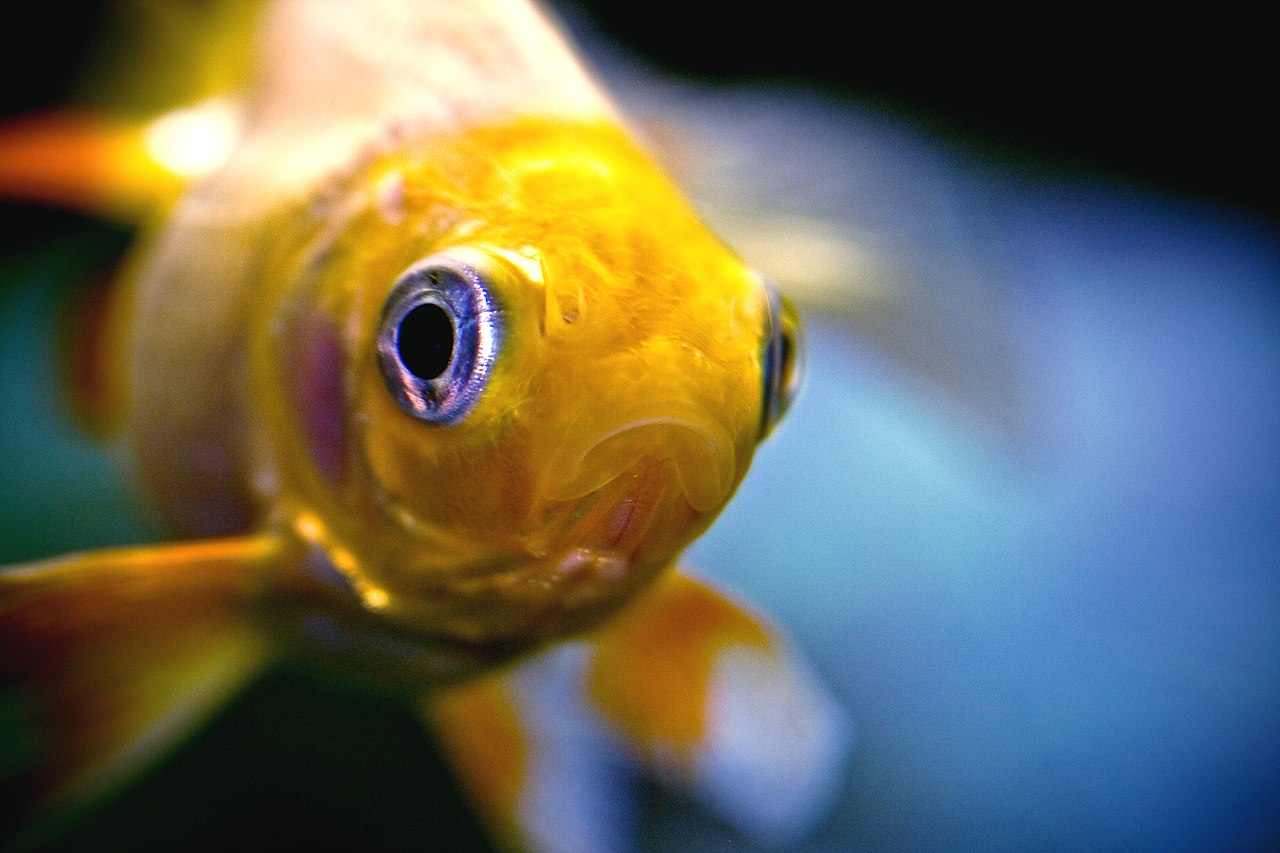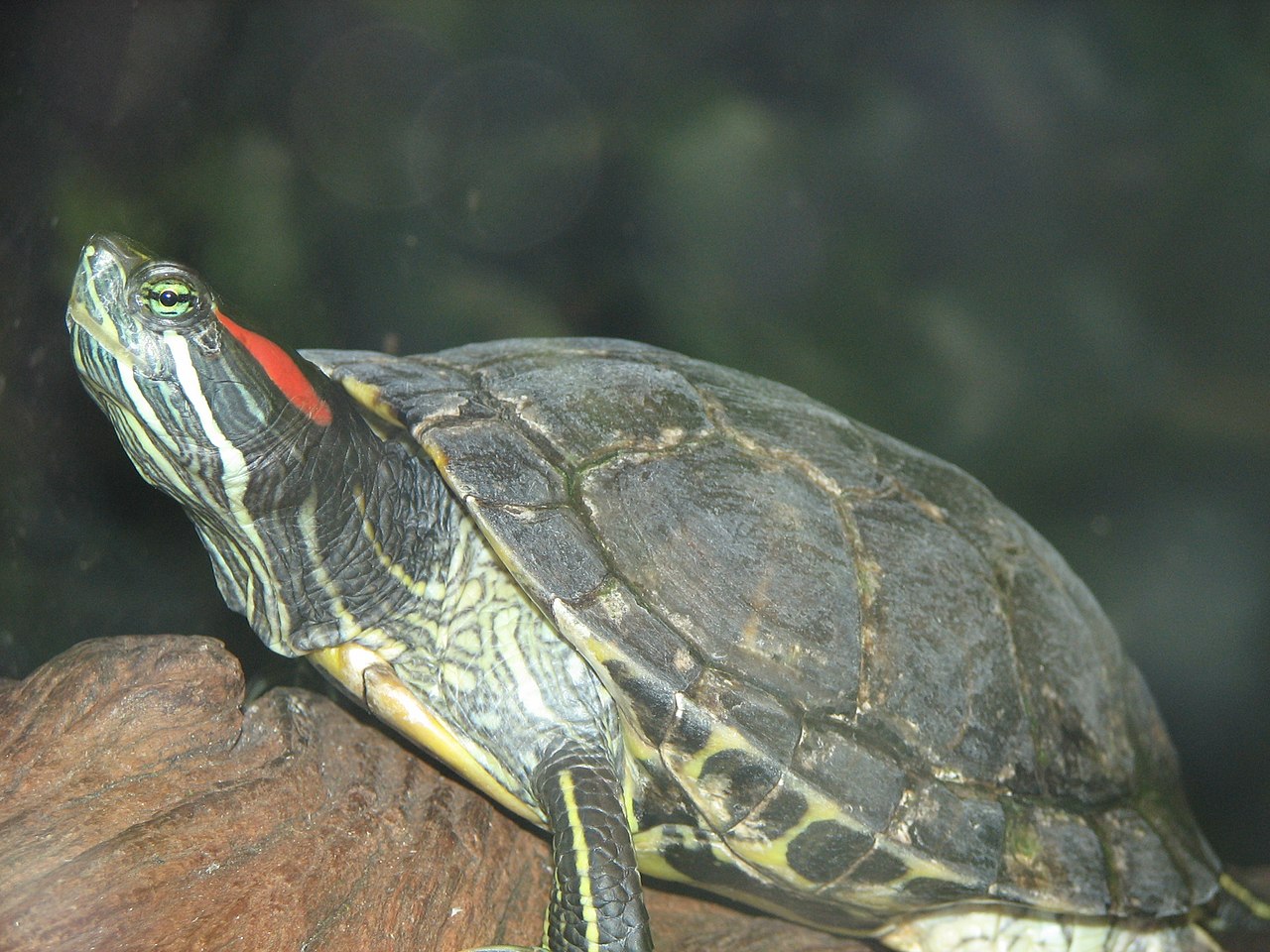Still going strong...here are the highlights from several sessions held on Day 4:
 Drawing of Lake Whitefish by William Converse Kendall - Kendall, William Converse, b. (1909) Fishes of the Connecticut Lakes and Neighboring Waters, with Notes on the Plankton Environment, Report of the Commissioner of Fisheries, 1906-1907, Washington, DC: Government Printing Office, p. 39 Fig.1, Public Domain
Drawing of Lake Whitefish by William Converse Kendall - Kendall, William Converse, b. (1909) Fishes of the Connecticut Lakes and Neighboring Waters, with Notes on the Plankton Environment, Report of the Commissioner of Fisheries, 1906-1907, Washington, DC: Government Printing Office, p. 39 Fig.1, Public Domain
John Eme (California State University, San Marcos) presented data testing the effects of varying temperatures mimicking overwintering conditions on embryonic development of Lake whitefish. He found that indeed exposure to variable incubation temperatures between 2-8 deg C resulted in increased mortality. Moreover, the embryos hatched earlier and were smaller than animals exposed to constant temperatures.
 Image of goldfish By Benson Kua from Toronto, Canada - Alby, CC BY-SA 2.0
Image of goldfish By Benson Kua from Toronto, Canada - Alby, CC BY-SA 2.0
Nariman Hossein-Javaheri et al., (University of Toronto) discussed how goldfish (Carassius auratus) are anoxia tolerant, meaning they can tolerate conditions in which there is no oxygen in the water. They do this by lowering brain electrical activity to help prevent tissue death.
 Image of golden-mantled ground squirrel [[File:Golden-Mantled Ground Squirrel, Mount Rainier, July 2006.jpg|Golden-Mantled Ground Squirrel, Mount Rainier, July 2006]]
Image of golden-mantled ground squirrel [[File:Golden-Mantled Ground Squirrel, Mount Rainier, July 2006.jpg|Golden-Mantled Ground Squirrel, Mount Rainier, July 2006]]
Ashley Heim, Melanie Laskbrook, Susana Rosales, Jordan Wakefield, Gregory Florant, and Adam Chicco (Colorado State University) presented data examining metabolic changes occurring in golden-mantled ground squirrels as they prepare to hibernate. What she found is that exposing obese (ready to hibernate) animals to cold 15 deg C, prevented lipid breakdown and therefore promoted storage in preparation for the long, cold winter fast.
James Sargent, Jacob Campbell, and Jon Harrison (Arizona State University) showed that the variations in ability to tolerate anoxic environments is very similar between fruit flies and mammals. This similarity may make fruit flies good models in which to study stroke and heart disease., conditions associated with low oxygen delivery to tissues.
Arthur Woods (University of Montana) demonstrated data that suggests marine invertebrates living in polar regions are able to grow large because oxygen supply is high but the demand for oxygen is low.
 Image of red-eared slider by Ltshears - Trisha M Shears - Own work, Public Domain
Image of red-eared slider by Ltshears - Trisha M Shears - Own work, Public Domain
Kelly Florimon, Cassondra Williams (University of California, Irvine) examined red-eared sliders (above) to determine how the animals respond to flight-or-fright stimuli. Noise disturbance increased heart rate in turtles, which is a response similar to humans. The response in crocodiles, however, is different wherein the animals slow down heart rate in response to a frightening stimuli.
Roy Weber, Jennifer Jarvis, Angela Fago, and Nigel Bennett (Aarhus University) showed that African mole rats, which live underground in hypoxic (low oxygen) environments experience conditions similar to animals that live at high altitude. Are they thus adapted to potentially live in either location?

